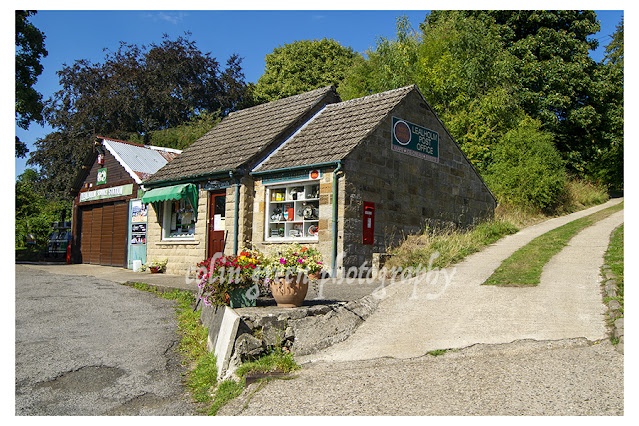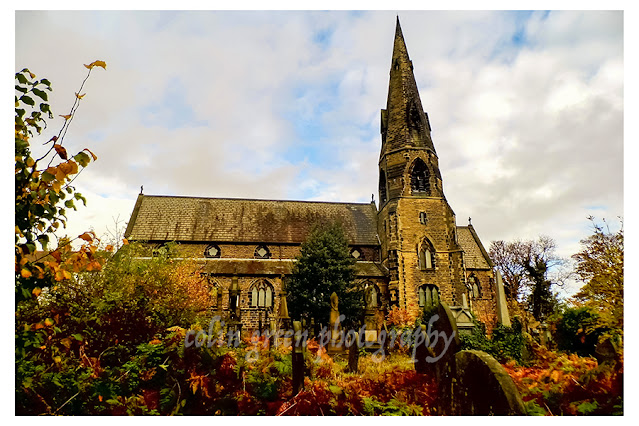Dean Clough once the world's largest carpet mill is a mixed use development in Halifax, West Yorkshire. The majority of the buildings that make up the complex are Victorian having been built between 1840 and 1869, having been constructed by the Crossley's family, owners of Crossley's carpets. The first mill is thought to have been constructed in 1802 and the complex took its name from the valley in which it was built. The company moved its headquarters from Halifax to Kidderminster in 1970 and declining sales and competition from cheaper imports led to the Dean Clough site closing in 1982.
In 1983 Sir Ernest Hall and Jonathan Silver bought the complex and established Dean Clough Galleries and Dean Clough Industrial Park. The partnership was not to last with Hall buying Silver's shares the following year and to date he has invested over £20million pounds in redeveloping the Dean Clough complex. The large sheds were demolished to create car parking spaces and over the years the complex has become a hub of over 150 companies calling Dean Clough Home. The site also includes a hotel, leisure facilities, restaurants and the Viaduct Theatre.
The pictures were taken in May 2015 using a Polaroid is2132 bridge camera. There are a total of 17 taken around Dean Clough which can be seen below, in a slideshow on YouTube and Tik Tok, and full size, resolution, and un-watermarked on Clickasnap where copies can also be purchased if required.
All the pictures can be seen in the YouTube slideshow below.
Thanks for looking and please take a moment to share and follow me on social media. All the pictures can be seen and purchased full size, resolution and un-watermarked on Clickasnap via the link underneath each.
All images remain the copyright of Colin Green.























































